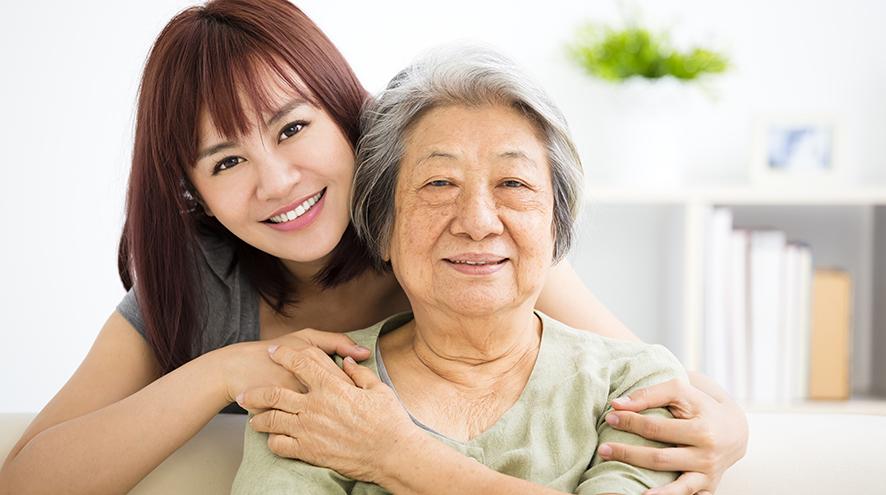Making your environment safe
The home is an important place for everyone. For the person with dementia, a familiar environment can help her connect with the past and maintain a sense of who she is. However, some practical changes may need to be made to keep the home "dementia-friendly".

Maintaining a safe, dementia-friendly environment
When modifying your home environment, keep it familiar, striking a balance between safety and independence. Too many restrictions can make it difficult for her to take part in daily activities, and can seriously affect her self-esteem.
Keep in mind some of the changes that occur with dementia: decreased balance and reaction time; visual-perceptual problems; physical limitations that make it more difficult to walk; memory; judgment; and insight. Also keep in mind that you are more likely to be tired, and feel under pressure, making it more difficult for you to anticipate risk and prevent accidents.
Adapt the task to the person's current abilities. For example, a person who enjoyed wood-working may no longer be able to use power tools but may still be able to nail, sand and paint in the workroom. Be aware of changes as they happen and re-evaluate the need to make further changes to adapt to his abilities.
Some areas of a home may have more risks than others. Pay extra attention in the garage, work room, basement and outdoor areas.
Take a few minutes to complete the following checklist on home safety. Keep in mind that, as the disease progresses, you may need to update your responses.
Tips on making your environment safe
Every person with dementia will have different requirements for keeping a safe environment. Keep in mind some of the changes that occur with dementia:
- Decreased balance and reaction time
- Visual-perceptual problems
- Difficulty walking
- Memory impairment
- Decrease in judgment abilities
- Less insight into environment and situations
To provide a safe home environment:
- Focus on prevention: Take care to look around and see potential hazards such as carpets that may cause a fall, poisons that are easily accessible, a gas-fire stove top, small objects that could choke and doors that could lock accidentally and trap someone inside.
- Be patient and slow down: try not to rush someone with dementia.
- Simplify routines: personal care can become more challenging for someone with dementia, so avoid accidents by breaking down complicated procedures into simpler, step-by-step processes.
- Have an emergency plan: Be ready in case of emergency by keeping a working fire extinguisher nearby, a fully stocked first-aid kit on-hand and a list of emergency numbers by the phone.
Home safety checklist
| Yes | No | |
| Do I need to store the scatter rugs and secure the carpet to prevent falls? | ||
| Are the stairways safe for the person I am caring for? | ||
| Is the person with Alzheimer's disease able to use the electrical appliances in the kitchen and bathroom safely? | ||
| Should the hot water heater temperature be lowered? | ||
| Are there any medications, cleaning substances or gardening chemicals that should be locked away? | ||
| Do I need to be there when the person with Alzheimer's disease has a cigarette or should I hide the lighter and matches? | ||
| Should I lock some of the doors or do I need to change where on the doors the locks are? | ||
| Should I consider installing some safety equipment in the bathroom (e.g., grab bars, elevated toilet seat, non-slip mat)? | ||
| Does the lighting sufficiently eliminate shadows that may cause confusion? | ||
| Are there items that confuse the person with Alzheimer's disease (e.g., pictures, mirrors)? |
Useful resources
Environments for ageing and dementia design assessment toolkit (EADDAT). Dementia Services Development Centre. This toolkit, created in partnership with the University of Stirling, provides evidence-based explanations and checklists for any building type, to support the creation of age inclusive environments.
Last updated: March 4, 2024
